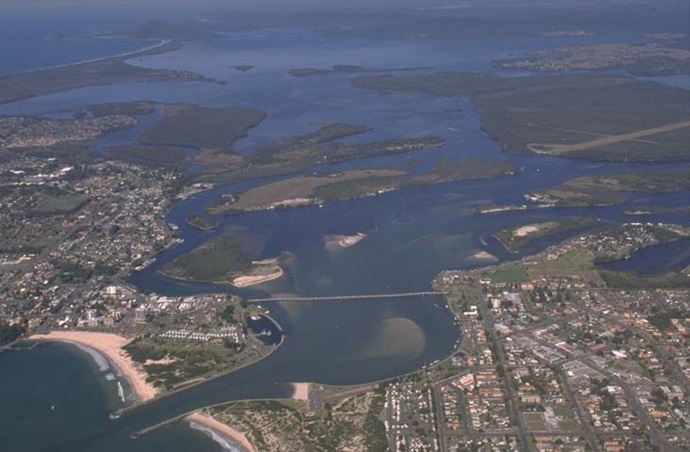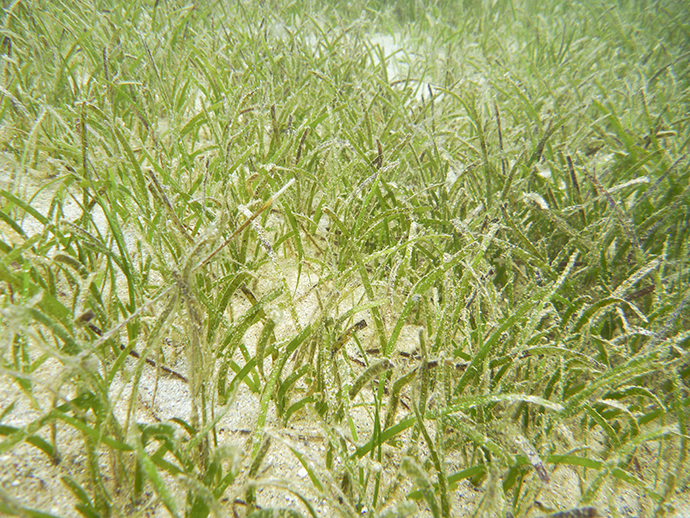The Wallis Lake is located on the mid-north coast of New South Wales and flows into the sea between the towns of Forster and Tuncurry. It is classed as a lake and has a large trained entrance that is permanently open to the sea.
Wallis Lake receives waters from a number of inflowing streams and rivers, including the Coolongolook, Wallingat, Wang Wauk and Wallamba rivers, Pipers Creek and Wallamba Cove.
The lake and the lower parts of the inflowing rivers support extensive seagrass beds, saltmarsh and mangrove communities. The seagrass beds here make up about one-fifth of the total seagrasses in New South Wales. Its wetlands are listed as nationally important.
Wallis Lake produces 80% of the state’s commercial crabs and is one of the most significant producers of Sydney rock oysters in Australia.



 Wallis Lake estuary supports extensive
Wallis Lake estuary supports extensive